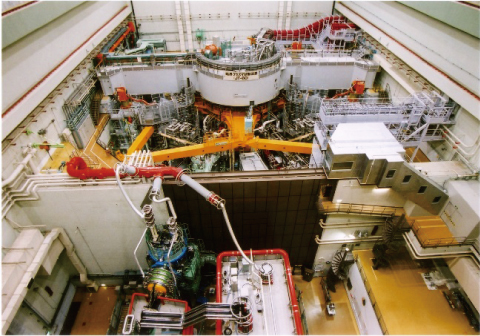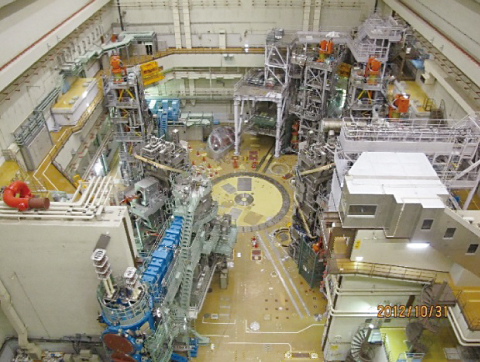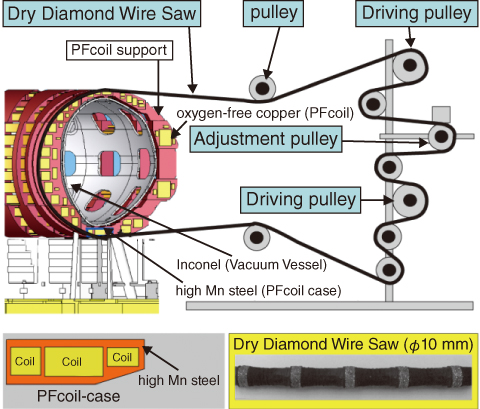
Fig.9-13 JT-60 Torus hall before disassembly

Fig.9-14 JT-60 Torus hall after disassembly

Fig.9-15 Diamond wire-saw system
The disassembly of the JT-60 tokamak device (Fig.9-13) was required for the construction of the JT-60SA tokamak as part of the Satellite Tokamak program conducted in collaboration between Japan and the EU. The JT-60 tokamak was a unique fusion device regulated by the Radiation Hazard Prevention Act. This device had been radioactivated by neutrons during deuterium operations between 1991 and 2008. This disassembly was the first such experience with a large, radioactivated fusion device in Japan, and represented a new approach in consideration of the application of clearance level regulations in the future. The disassembly started in 2009 and was completed in October, 2012. The total weight of the dismantled components reached up to 5400 tons (Fig.9-14).
One of the main issues facing this disassembly was the need to cut the several large assembled structures, such as the reinforced points between the toroidal magnetic field coils (TFCs) and the vacuum vessel (VV) with poloidal magnetic field coils (PFCs).
Both TFCs were weld-jointed at the narrow tops and bottoms of their cases (high Mn steel) to reinforce against electromagnetic forces. A portable milling machine was developed to be mounted at the narrow space for cutting the high Mn steel, which is a difficult-to-machine material. Thus, the TFCs could be dismantled one by one.
After removing the TFCs, the main residual components were the vacuum vessel and the PFCs. Their total weight was about 320 tons, which was beyond the building crane capacity (250 tons). The residual component was to be separated into two parts for lifting. The materials of the VV and the PFCs were Inconel and oxygen-free copper supported with high-Mn steel, respectively. In this case, matrix structures were to be simultaneously cut. In the mock-up test, it was found that a dry diamond wire saw could cut those materials without cooling water. Finally, the application of the dry diamond wire saw to the separation was successfully conducted (Fig.9-15).
The JT-60 disassembly was efficiently completed by employing new dismantling technologies, and has provided valuable data, which will be useful for the disassembly of nuclear facilities as well as the other fusion devices.